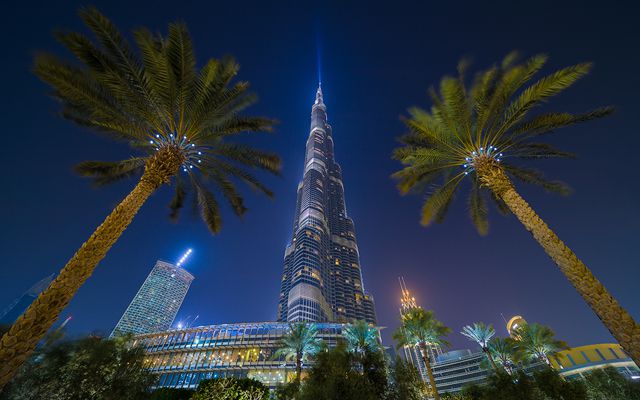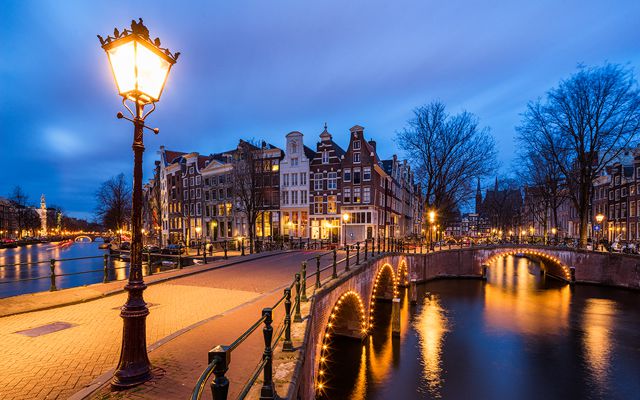10 of my favorite photographers on Ello
If you are following my Photographers to follow on Ello list, you seen that there are already few hundred different photographers. Here are just a few of my personal favorites, who are also all active on Ello (they post regularly) and are actually all landscape photographers, as that’s my favorite type. Also these are all new for me, as I haven’t been following their work before Ello, and only there I found them for the first time. So I suggest you check them out :)
- Christian Hoiberg – @choiberg
- Darek Markiewicz – @darekm101
- Kelly DeLay – @kellydelay
- Michael Bonocore – @michaelbonocore
- Mike Orso – @mikeorso
- Peyton Hale – @peytonhale
- Terence Leezy – @terenceleezy
- Tessa Kit Zawadzki – @tessakit
- Toby Harriman – @tobyharriman
- Zsolt Kiss – @zsoltkiss
Of course there are many more great photographers there (again, check out the list to find many more of them) and currently I’m only waiting for Ello to enable re-share, so I can start doing a daily featured photographer (from the list) on my account there. But for that I will still have to wait :)
Schwarzsee
Can you see the lake? It’s so small compared to the Matterhorn behind it. Almost invisible :) The whole area around Matterhorn is just wonderful. It’s going on my list of places to revisit.
This is a single exposure edited in Lightroom and Photoshop. I darkened the sky by using a polarizing filter (as the sun was to my left) and I had no need to do a HDR blending here. There is just no point in using HDR, when it’s not needed.























